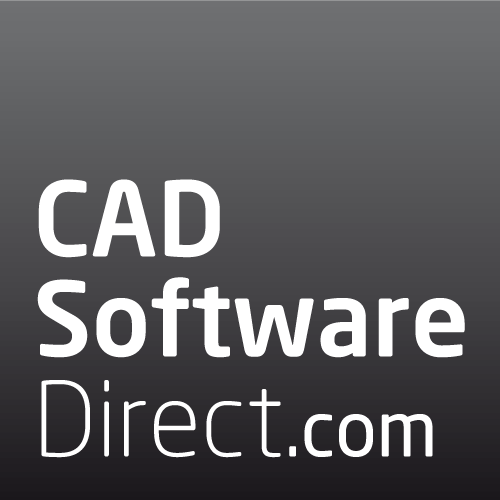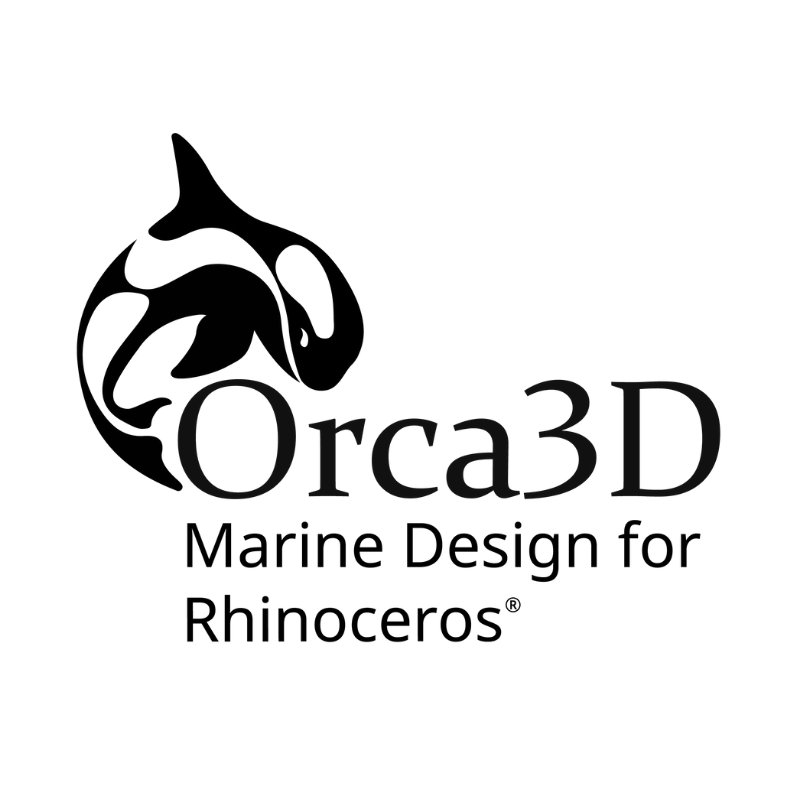Orca 3D for Rhino (Design)
AvailabilityIn stock
Delivery Type
Digital Delivery By Email
Processing Time
1 Working Day
SKU
CSD10034
Orca 3D Design
£504.00
£420.00
Buy Orca3D Design
Includes the Hull Design & Fairing, and Basic Hydrostatics & Stability features. This is equivalent to the previous Level 1
Highlights of Orca3D Version 3
| Brand | DRS |
|---|---|
| Delivery Type | Digital Delivery By Email |
| Processing Time | 1 Working Day |
Write Your Own Review
Orca3D version 3
- Rhino 7 or 8
- Windows 10 or 11
Other Windows OS and Mac running Intel chips with Boot Camp have not been tested and are not offically supported but could still work, however this is not recommended - 64-bit Intel or AMD processor (Not ARM)
- At least 8 GB (RAM) memory
- 600 MB disk space
- OpenGL 4.1 capable video card
- At least 4 GB Video card memory



